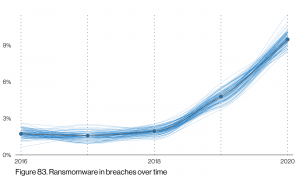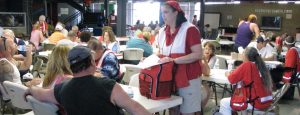As many of you know, my daughter has been living in Israel for the past several years. The latest round of fighting and rocket attacks has been difficult for me to watch, mainly because I have experienced exactly one of them on one of my visits. The rocket landed a few miles away and happened in the middle of the night. I woke up briefly, because the sirens sounded and then the ground shook. A house was destroyed, but the family living there survived.
Every Israeli has access to a bomb shelter or safe room, depending on when their house was built and under what circumstances they have. For the more modern residences, the shelters usually have fortified walls, a roll-down metal shutter on the windows, and a metal door to the room itself. For my daughter’s condo, I actually slept in the bomb shelter room. Some of the older buildings have basement shelters or separate buildings that you have to move into.
So that was the context for me and trying to get accurate information during the current hostilities. It isn’t easy and it is getting harder. Let’s take a few examples.
Last week this Tweet was sent out by the Israeli military public affairs office. It says that Israeli “air and ground troops are currently attacking in the Gaza Strip.” The key word in that Tweet was “in” and how the English-language press reported what was happening. This article from the NY Times covers the issues.
Do you recall the Clinton/Monica impeachment testimony when we debated the meaning of the word “is”? This single word last week was responsible for press reports citing an invasion of Gaza by Israeli grounds forces, saying that troops were inside the territory. They weren’t.
Yes, there was plenty of fighting between the two sides, but Israeli ground troops remained on their side of the border, firing missiles from tanks, drones and other aircraft at Gazan targets. But one result of these reports was that Israeli forces were able to get Hamas fighters to take to their underground tunnels and target them from the air. There were many casualties as a result.
The Lt. Col. who spoke (and Tweeted) claimed it was an honest mistake due to the fog of war. But others, including the Hebrew-language press and the Gazans themselves, called this a deliberate attempt to use the press into helping the Israeli military. Hard to say which is true.
This wasn’t the only disinformation campaign going on in last week’s fighting. The NYTimes cites a series of misinformation campaigns by mostly Israeli-based efforts in this article, all designed to inflame pro-war passions. And over the weekend, the Gaza City high-rise building that has been the home of the AP and Al Jazeera offices for many years was demolished by Israeli air strikes. Israel gave occupants an hour to leave the building before it was bombed, claiming that it was being used as offices for high-ranking Hamas leaders. It is hard to determine if that was true, or if the leaders were using the press occupants as human shields. Reporters have asked for documentation about who was actually in the buildings.
This wouldn’t be the first time that Hamas has used this tactic. If you examine the casualty reports from the fighting over the past week, you can see there are dozens of Gazan children who have been killed in the attacks. This is due to the placement of the rocket launchers atop schools and hospitals, so that when these sites are targeted they can claim Israelis are aiming at innocents. Some of the tunnels are also purposely routed near schools as well.
Getting the facts has never been harder in this part of the world.

 The workings of a counter-terrorism elite strike force are at center stage
The workings of a counter-terrorism elite strike force are at center stage 

